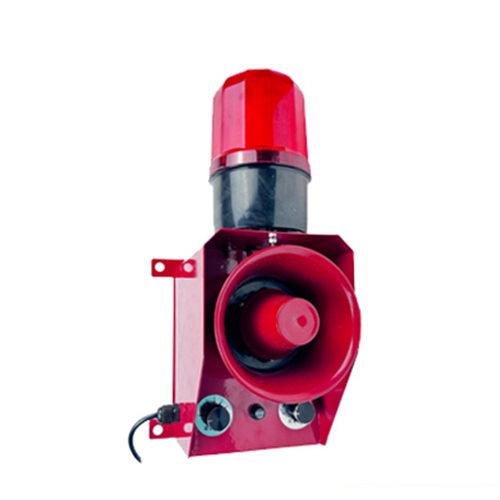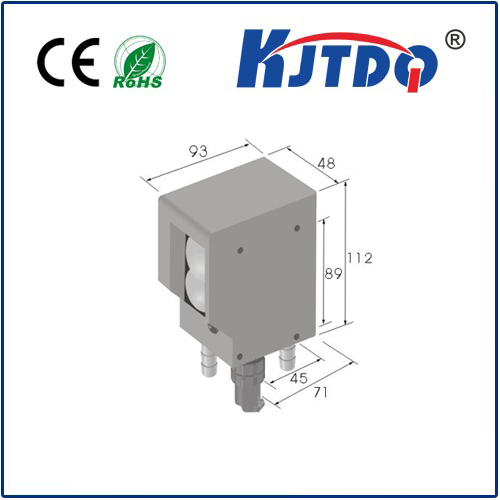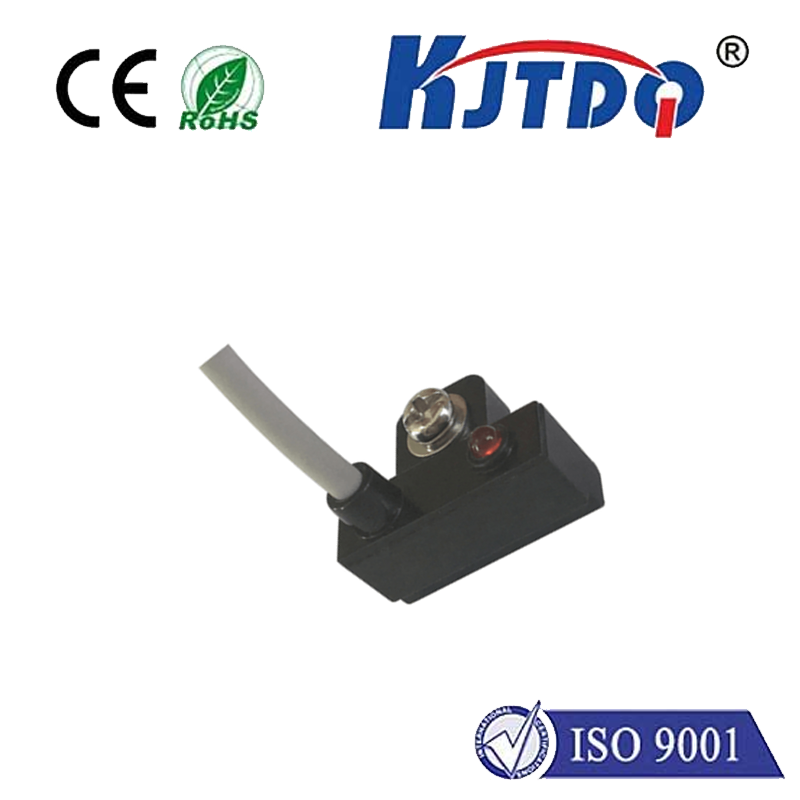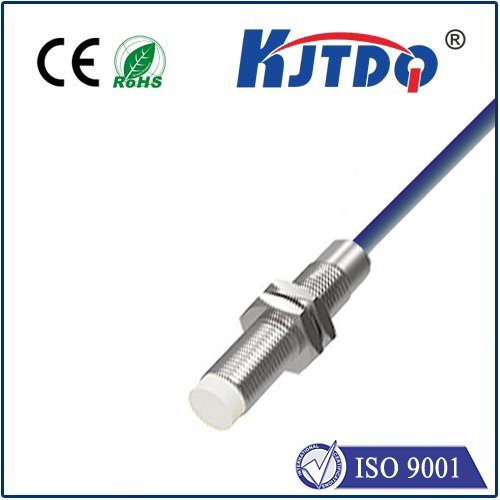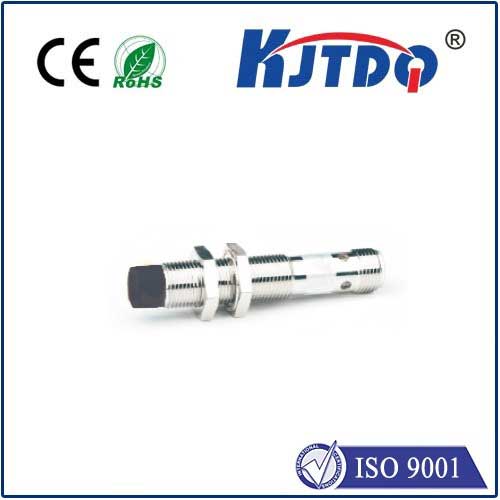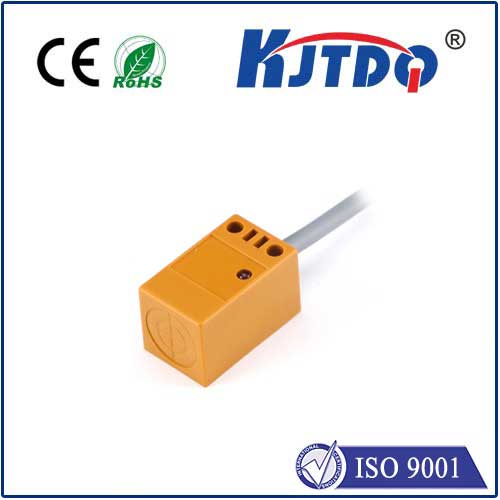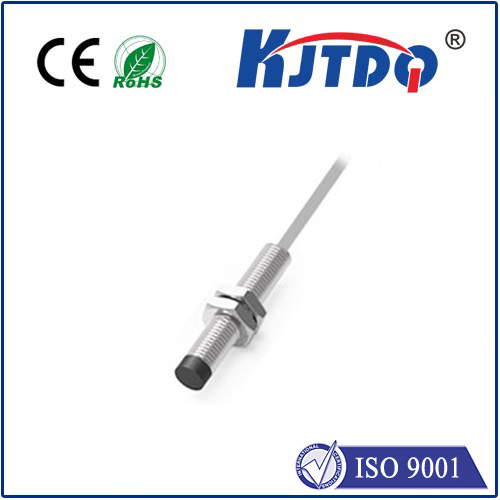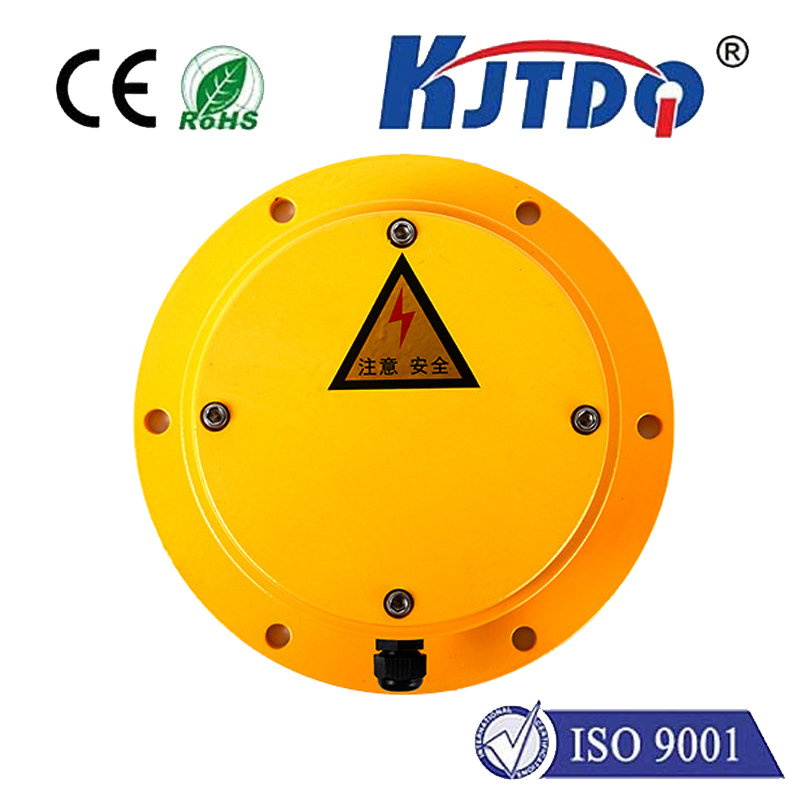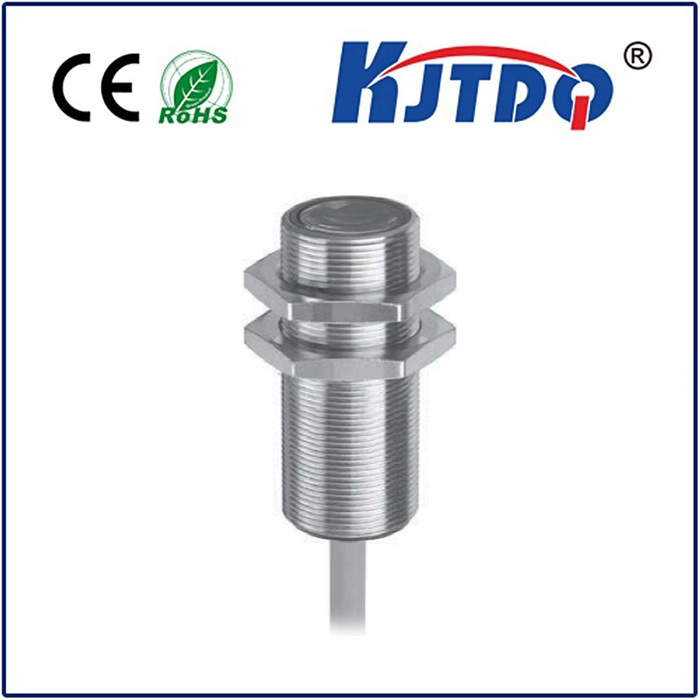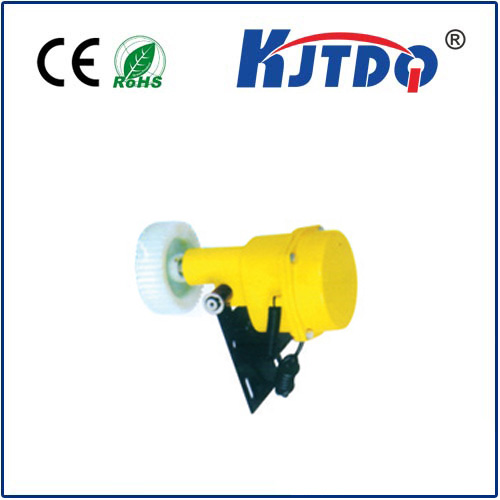220v proximity sensor
- time:2025-06-16 18:07:44
- Click:0
220V Proximity Sensors: The Robust Heartbeat of Industrial Automation
Imagine a complex industrial machine humming along, its movements precise and seemingly intuitive. How does it know when a metal part is perfectly positioned, or when a conveyor belt load is safely cleared? Often, the silent sentinel enabling this seamless operation is the 220V proximity sensor. These robust electronic workhorses are fundamental components in modern manufacturing and process control, offering reliable, non-contact detection directly where high-voltage power reigns. Understanding their function, benefits, and applications is key to appreciating their indispensable role.
Unlike low-voltage sensors (typically 12-24V DC), 220V AC proximity sensors are designed to operate directly on the mains voltage commonly found in industrial electrical panels and machinery. This inherent design eliminates the need for separate power supplies or voltage converters at the sensor location, significantly simplifying wiring and reducing installation costs for systems already powered by 220V AC. Their primary function remains elegantly simple: detect the presence or absence of a target object within their sensing range without any physical contact.
How Do 220V Proximity Sensors Work?
Most industrial 220V proximity sensors are inductive type, specifically tuned for metal detection. Here’s the core principle:
- Generating the Field: The sensor contains an oscillator circuit that generates a high-frequency electromagnetic field emanating from its active face.
- Target Interaction: When a conductive metal object (the target) enters this electromagnetic field, eddy currents are induced on the object’s surface.
- Field Dampening: These eddy currents draw energy from the sensor’s oscillator circuit, causing a measurable damping or attenuation of the oscillation amplitude.
- Signal Processing: An internal evaluation circuit continuously monitors the oscillator’s amplitude. Once the damping reaches a predefined threshold (indicating the target is within the sensing range), the circuit triggers a state change.
- Output Switching: This state change activates the sensor’s solid-state output switch. For a 220V AC sensor, this output is directly compatible with 220V AC control circuits, switching load devices like contactors, solenoid valves, PLC inputs, or indicator lights on and off.
Capacitive 220V proximity sensors also exist, operating on a different principle – detecting changes in capacitance caused by any material (metal, plastic, wood, liquid) entering their field. However, the inductive type is far more prevalent for metal detection in standard machinery.

Key Advantages Driving Industrial Adoption
Why choose a 220V proximity switch over lower voltage alternatives? The answer lies in specific industrial demands:
- Simplified Installation & Reduced Costs: Direct connection to 220V AC power means no extra transformers or DC power supplies are needed locally for each sensor. This reduces wiring complexity, component count, panel space, and overall system cost.
- Robustness & Reliability: Designed for harsh industrial environments, these sensors boast high resistance to electrical noise, vibration, and ambient temperature fluctuations. Their solid-state design ensures long operational life with no moving parts to wear out.
- High-Speed Operation: They detect targets incredibly fast, capable of sensing objects moving at high speeds – crucial for production line timing and rapid machinery cycles.
- Non-Contact Sensing: Elimination of physical contact means no mechanical wear on the sensor or target, virtually maintenance-free operation, and suitability for detecting delicate or unstable objects.
- Versatile Outputs: Commonly available as Normally Open (NO) or Normally Closed (NC), and as 2-wire AC or 3-wire AC types. The 3-wire type often provides easier integration with Programmable Logic Controllers (PLCs) while maintaining the 220V AC power requirement.
Crucial Specifications and Selection Considerations
Choosing the right 220V proximity sensor is vital for performance:
- Sensing Range: The maximum distance at which the sensor can reliably detect its specified target. This varies significantly by sensor model and target material/size. Never assume the rated range applies universally.
- Target Material: Inductive sensors are primarily for ferrous metals (steel, iron). Detection range is typically shorter for non-ferrous metals (aluminum, copper). Capacitive sensors detect nearly any material.
- Sensor Type: Inductive (metal targets) or Capacitive (various materials, liquids, levels).
- Output Configuration: 2-Wire AC (wired in series with the load) or 3-Wire AC (separate power, output, and common wires). 3-wire is often preferred for easier PLC interfacing and better leakage current characteristics.
- Electrical Ratings: Ensure compatibility: Operating Voltage (e.g., 220V AC ±10%), Output Current Capacity (must handle the load’s current), Switching Frequency.
- Housing Material & Protection Rating (IP/NEMA): Choose robust metal (stainless steel, nickel-plated brass) or plastic housings based on chemical exposure and physical impact risks. High IP ratings (e.g., IP67, IP68) are essential for washdown environments or outdoor use.
- Mounting Style: Flush mountable or non-flush? Shielded or unshielded? Shielded sensors can be mounted flush with metal, while unshielded offer longer ranges but require non-metallic surroundings.
Installation and Calibration Best Practices
Proper installation ensures optimal performance and longevity:
- Secure Mounting: Mount the sensor firmly to minimize vibration effects.
- Avoid Interference: Maintain adequate distance between multiple sensors and avoid mounting near strong electromagnetic fields (transformers, motors).
- Correct Wiring: Follow manufacturer wiring diagrams meticulously. For 2-wire AC sensors, ensure the load current falls within the sensor’s specified minimum and maximum range. For 3-wire, connect Live, Neutral, and Load correctly. Always isolate power before installation or maintenance!
- Fine-Tuning Distance: Position the sensor so the target consistently passes within its effective sensing range. Account for factors like target material, size, and approach speed. Many sensors have a built-in LED indicator to aid setup.
- Environmental Protection: Ensure cable glands and housing seals are correctly tightened to maintain the specified IP rating against dust, moisture, and coolants.
Ubiquitous Applications: Where 220V Proximity Sensors Shine
The reliability and ease of integration of 220V AC proximity sensors make them ubiquitous across industry:
- Machine Automation: Detecting part presence/absence (end stops, workpiece clamping), tool position, robotic arm end effectors, rotary table indexing.
- Conveyor Systems: Monitoring package flow, product counting, jam detection, positioning diverter gates.
- Material Handling: Verifying pallet presence, lift position sensing, crane limit switches.
- Packaging Machinery: Bottle/cap detection, fill level control (capacitive), film registration.
- Metalworking: Tool breakage detection, spindle orientation, transfer system synchronization.
- Automotive Assembly: Precision positioning of chassis components, robot guidance, weld gun confirmation.
The Unseen Enabler
The 220V proximity sensor is far more than just a simple switch. It’s a fundamental building block of industrial automation, providing the critical feedback loops that allow machines to operate safely, efficiently, and intelligently. By offering robust, non-contact detection powered directly by ubiquitous 220V AC, they provide a reliable and cost-effective solution that keeps the complex choreography of modern manufacturing running smoothly, often unnoticed but never unappreciated by the engineers who rely on them. Choosing the right sensor and installing it correctly ensures these silent sentinels deliver years of dependable service on the factory floor.






